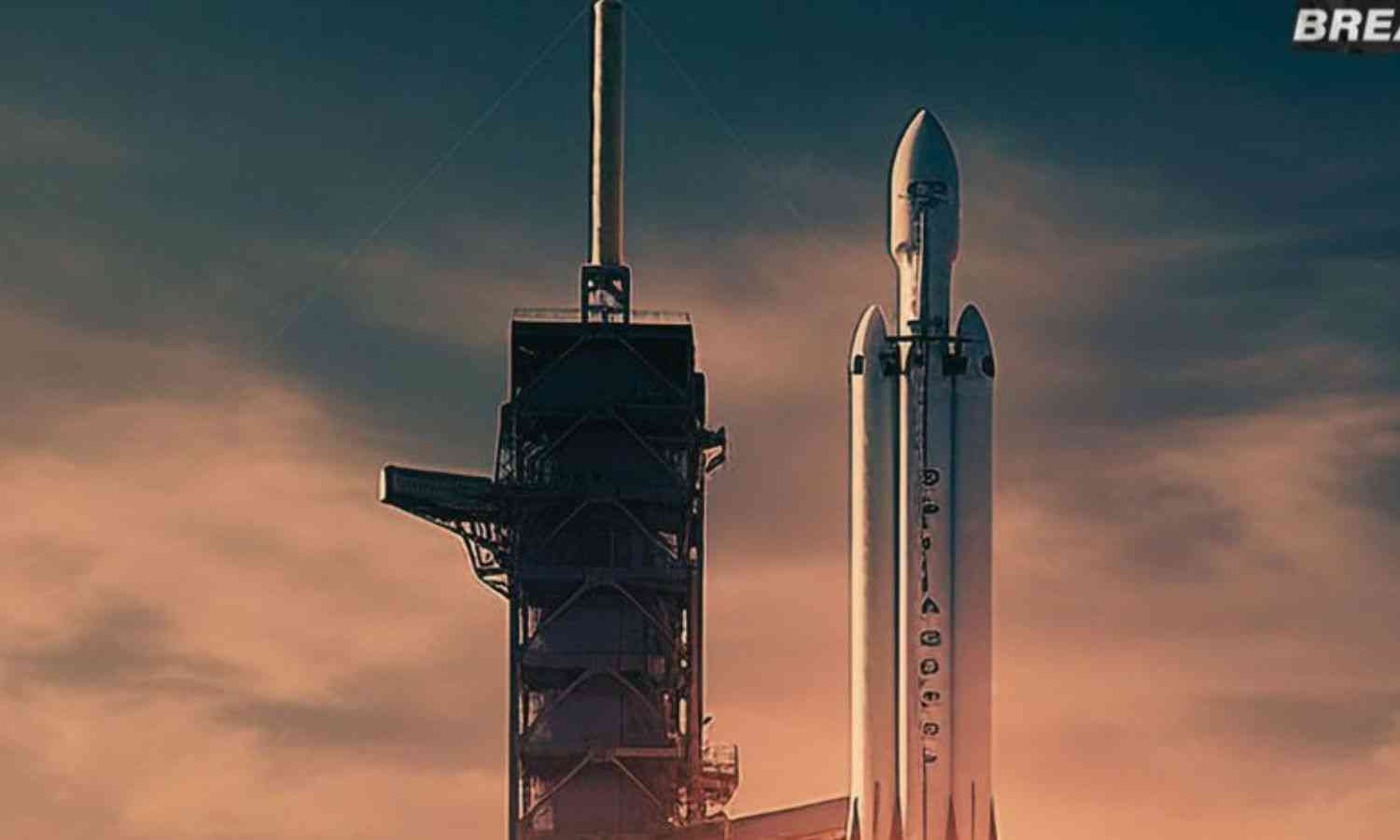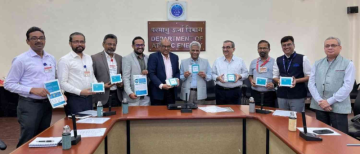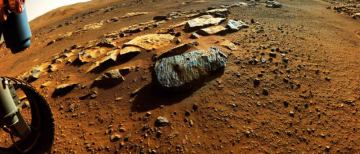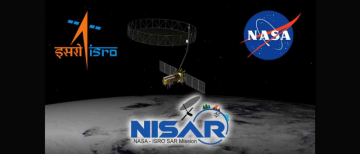The Indian Space Research Organisation (ISRO) has successfully maneuvered two satellites within three meters of each other as part of its Space Docking Experiment (SpaDeX). This trial, conducted on January 12, 2025, is a significant step toward achieving in-space docking capabilities. Following this proximity operation, the satellites were repositioned to a safe distance for further data analysis before attempting the actual docking procedure.
SpaDeX Mission Overview
Launched on December 30, 2024, from the Satish Dhawan Space Centre, the SpaDeX mission deployed two 220-kg spacecraft into a 470-km orbit. These spacecraft, designated as "Chaser" and "Target," are engineered to execute autonomous docking procedures, demonstrating technologies essential for satellite servicing, space station operations, and complex interplanetary missions.
In early January 2025, the satellites achieved a proximity of three meters during a trial maneuver. However, ISRO identified unexpected drift during subsequent operations, prompting a postponement of the docking procedure to ensure thorough validation through additional ground simulations. The organization emphasized that the satellites remain safe, and a revised schedule for the docking attempt will be announced following comprehensive assessments.
Significance of SpaDeX
Successful execution of the SpaDeX mission would make India the fourth nation, after the United States, Russia, and China, to achieve in-space docking capabilities. This technology is pivotal for the assembly and maintenance of space stations, facilitating crew transfers, and enabling complex exploratory missions, including potential crewed lunar expeditions.
The mission showcases several indigenous technologies, notably the Bhartiya Docking System (BDS), developed by ISRO based on the International Docking System Standard (IDSS). This system features a dual-motor actuation design for secure connections and precise alignment at low speeds, supported by proximity sensors, laser rangefinders, and rendezvous cameras for real-time navigation.
A notable aspect of the SpaDeX mission is the collaboration with private industry. Ananth Technologies, a private company, was responsible for the integration and testing of the rocket and satellites, marking a significant milestone in public-private partnerships within India's space sector.
The success of SpaDeX is anticipated to bolster India's capabilities in autonomous docking, essential for the planned Gaganyaan missions and the proposed Bharatiya Antariksha Station. It also positions India to offer satellite servicing solutions in the global space market, enhancing the longevity and functionality of existing space assets.
ISRO's SpaDeX mission represents a significant stride toward establishing autonomous in-space docking capabilities. While recent delays underscore the complexities involved, the mission's progress reflects India's commitment to advancing its space technology prowess, with promising implications for future exploratory and commercial endeavors.
© Copyright 2024. All Rights Reserved Powered by Vygr Media.
























